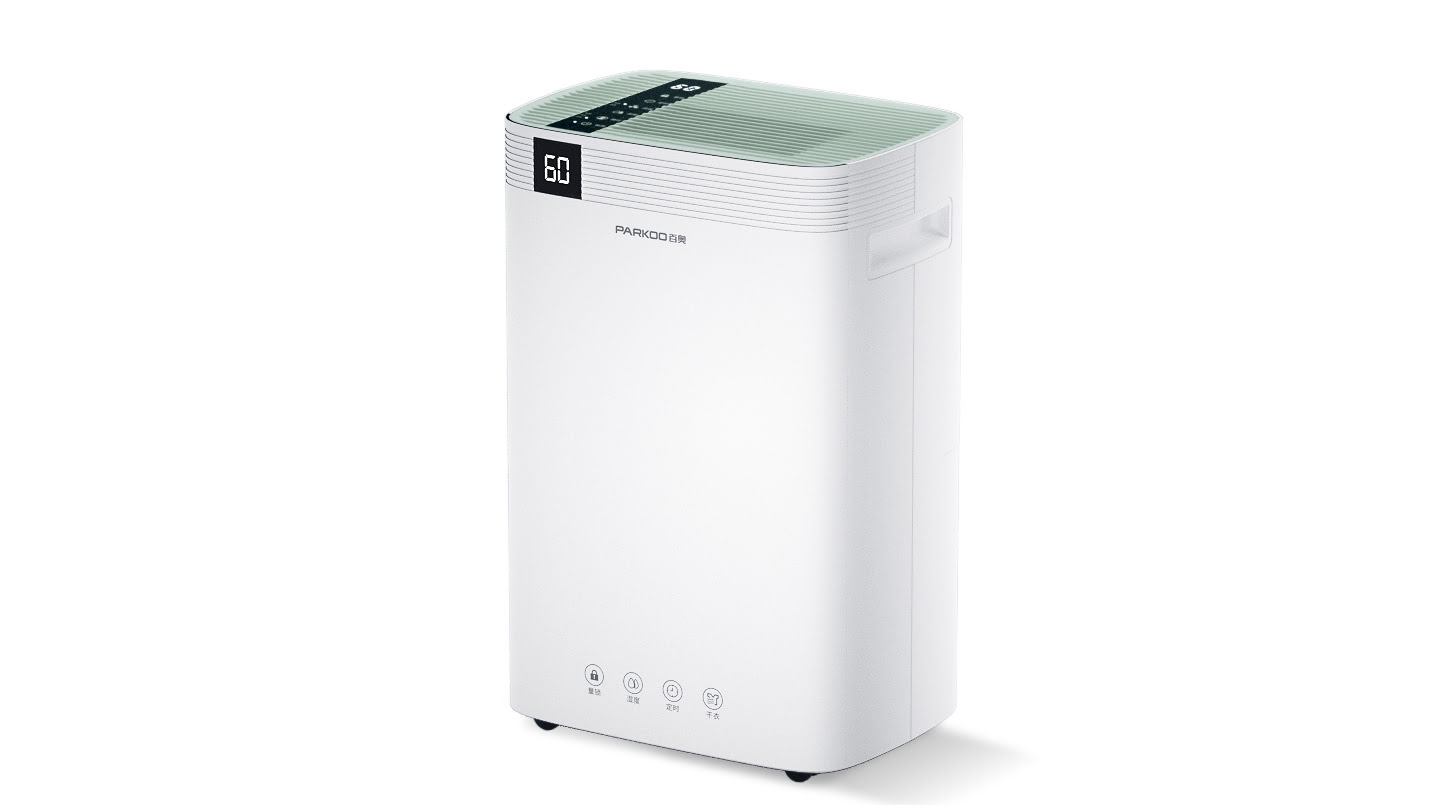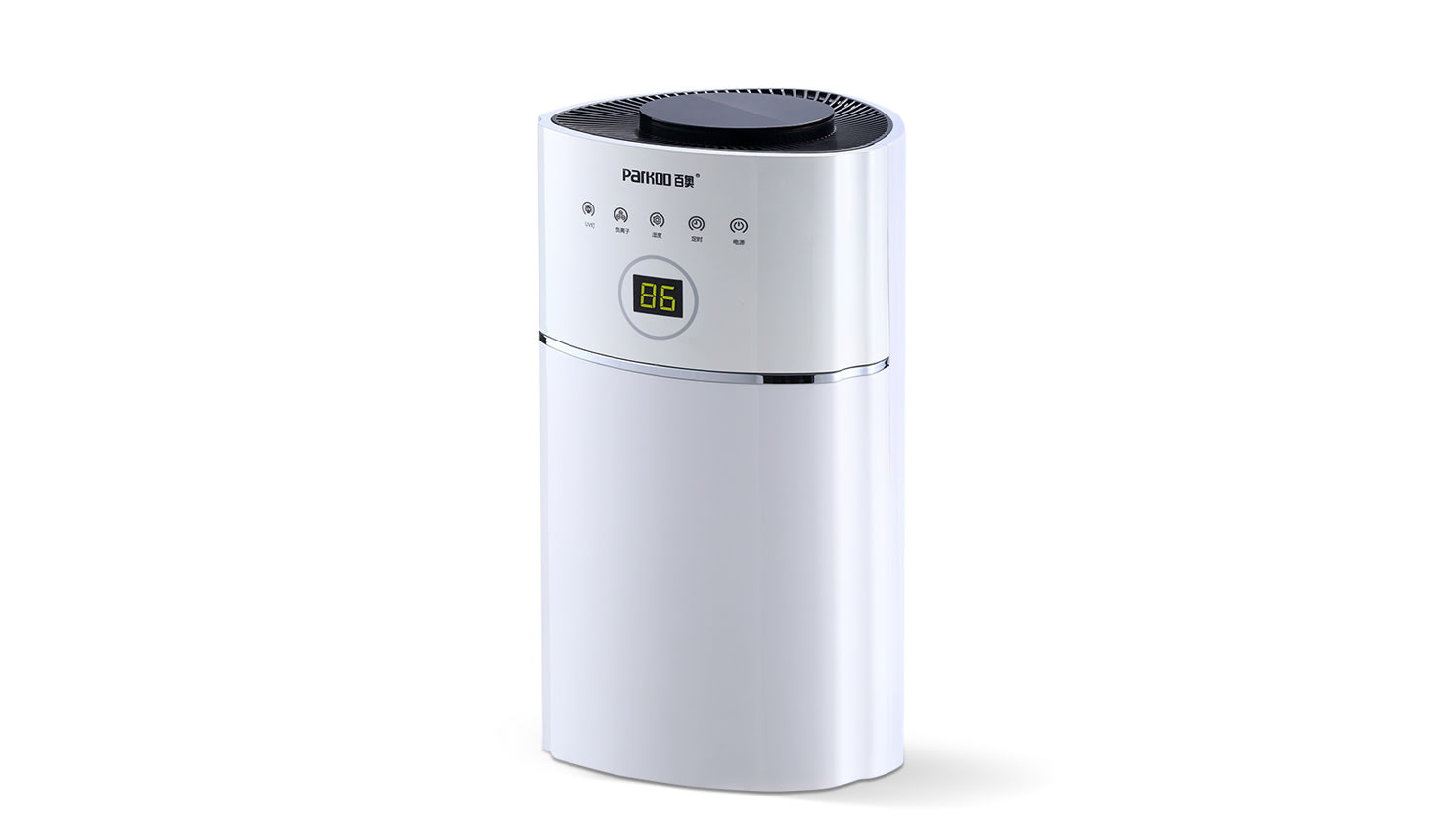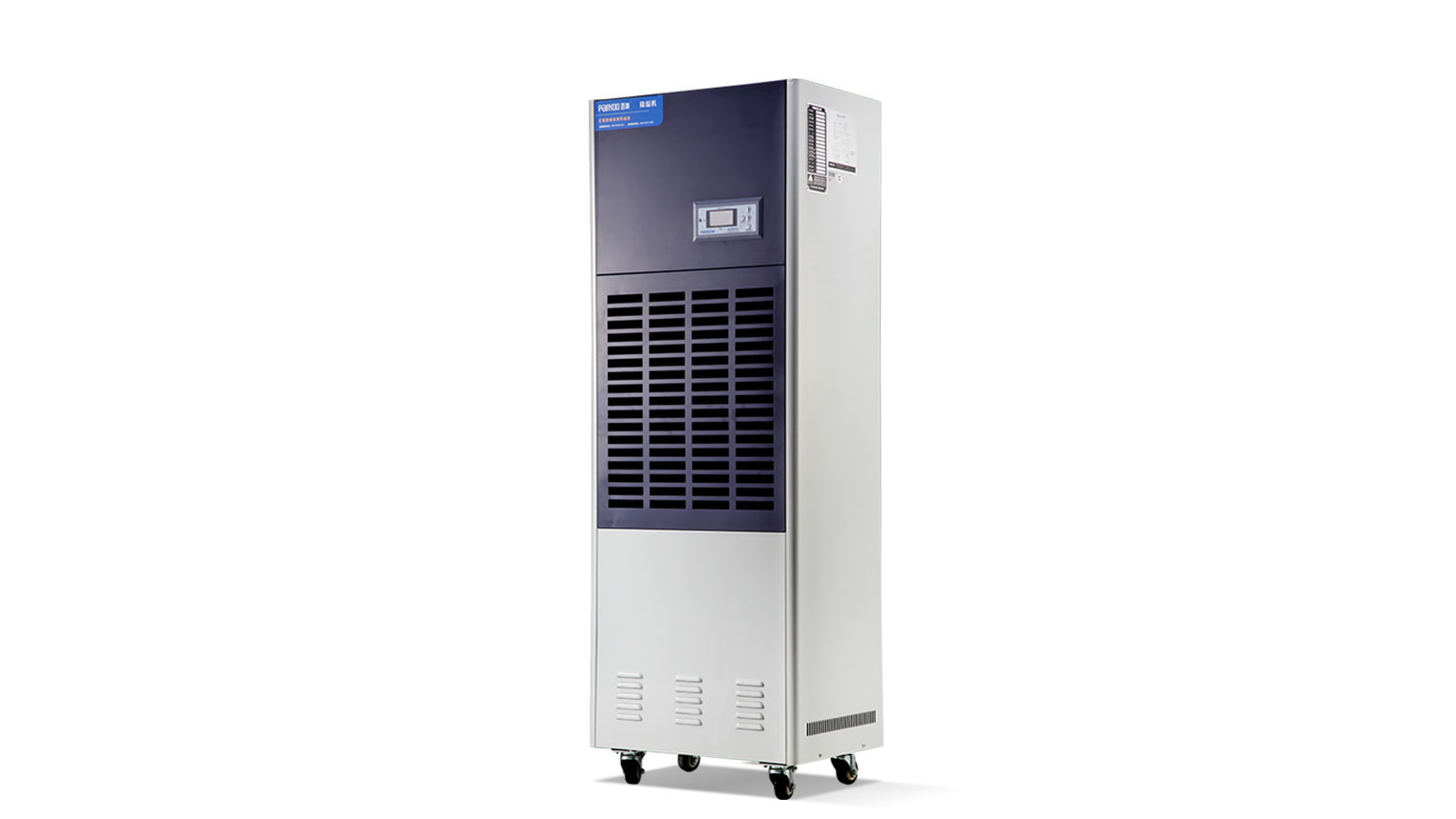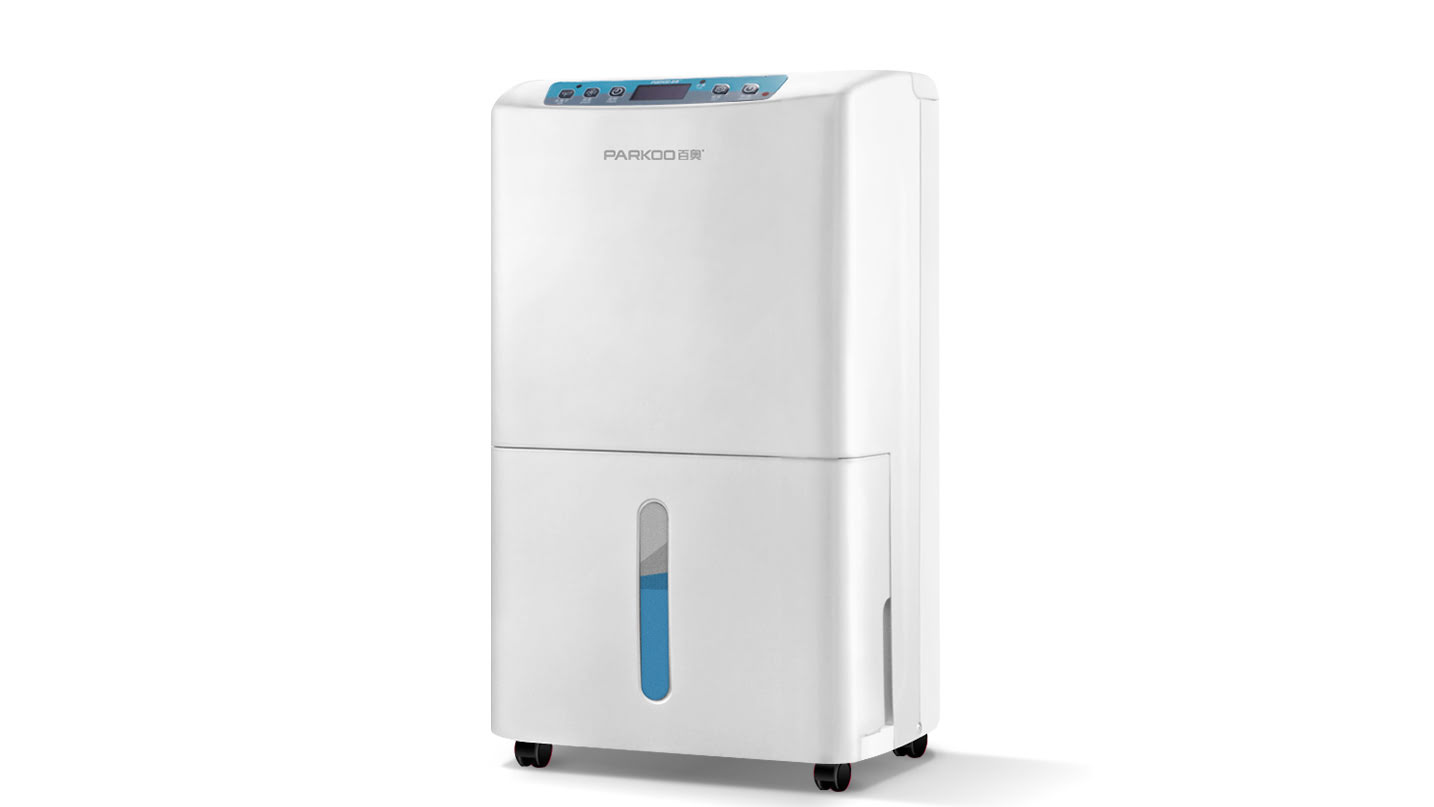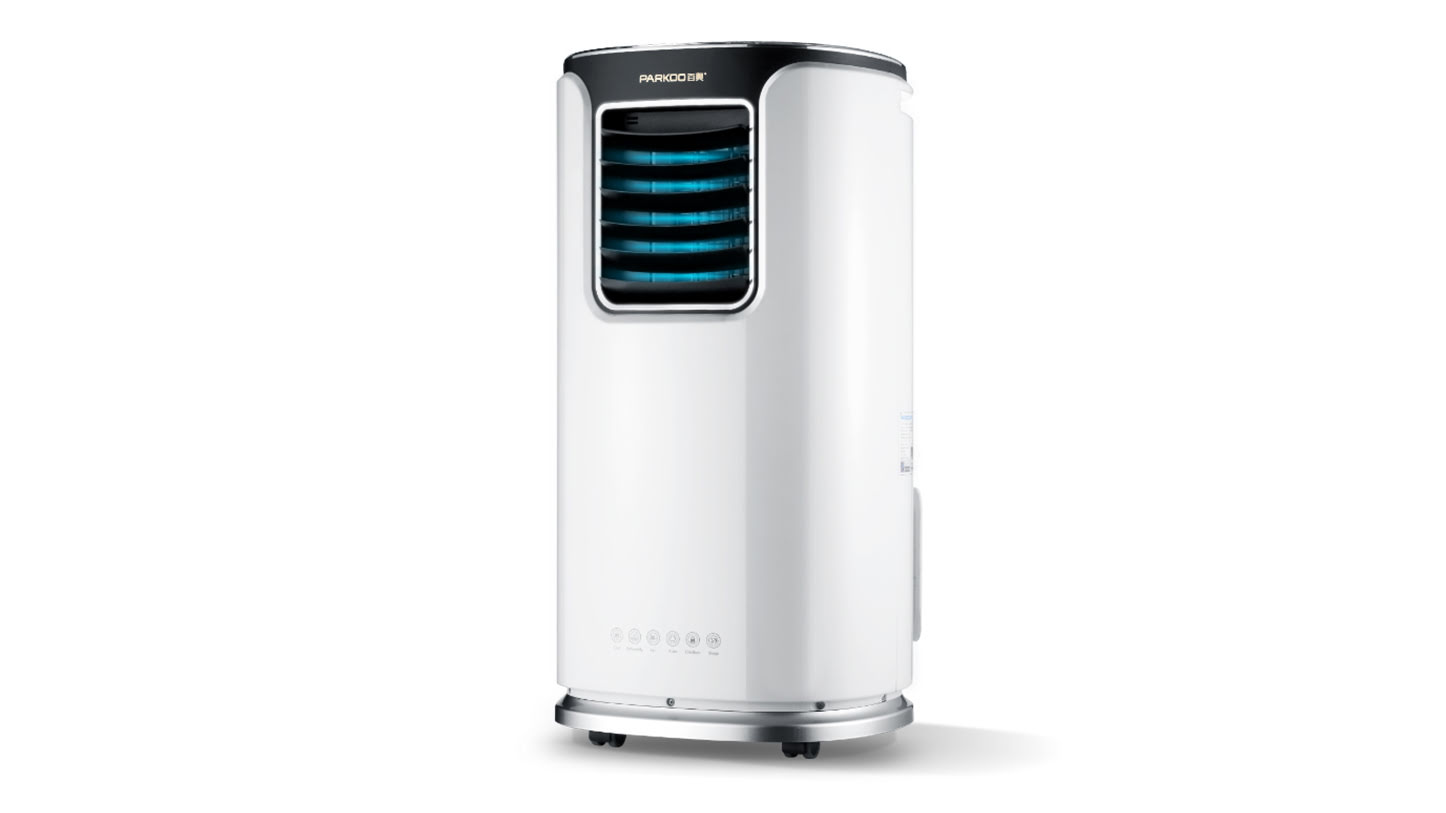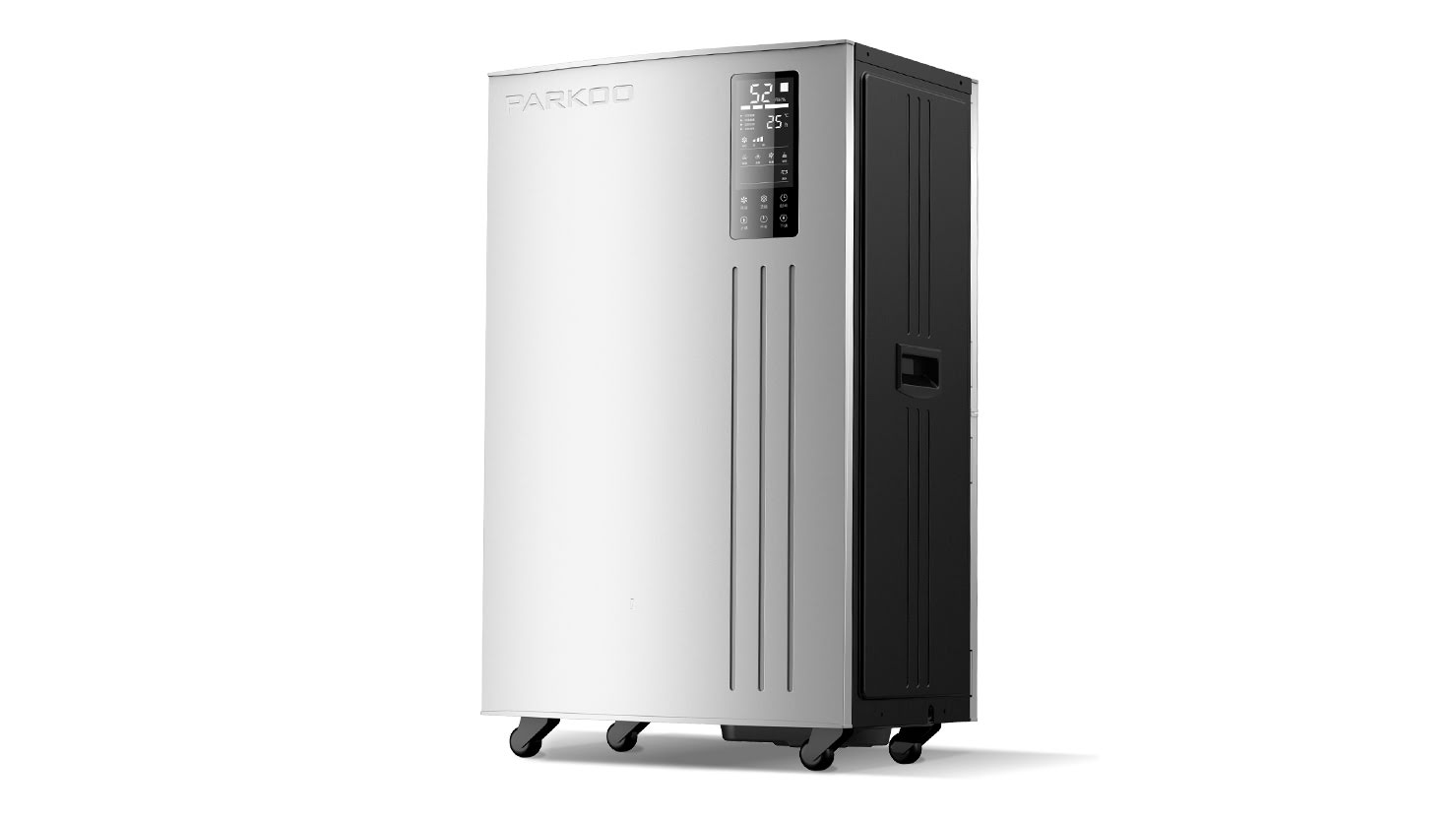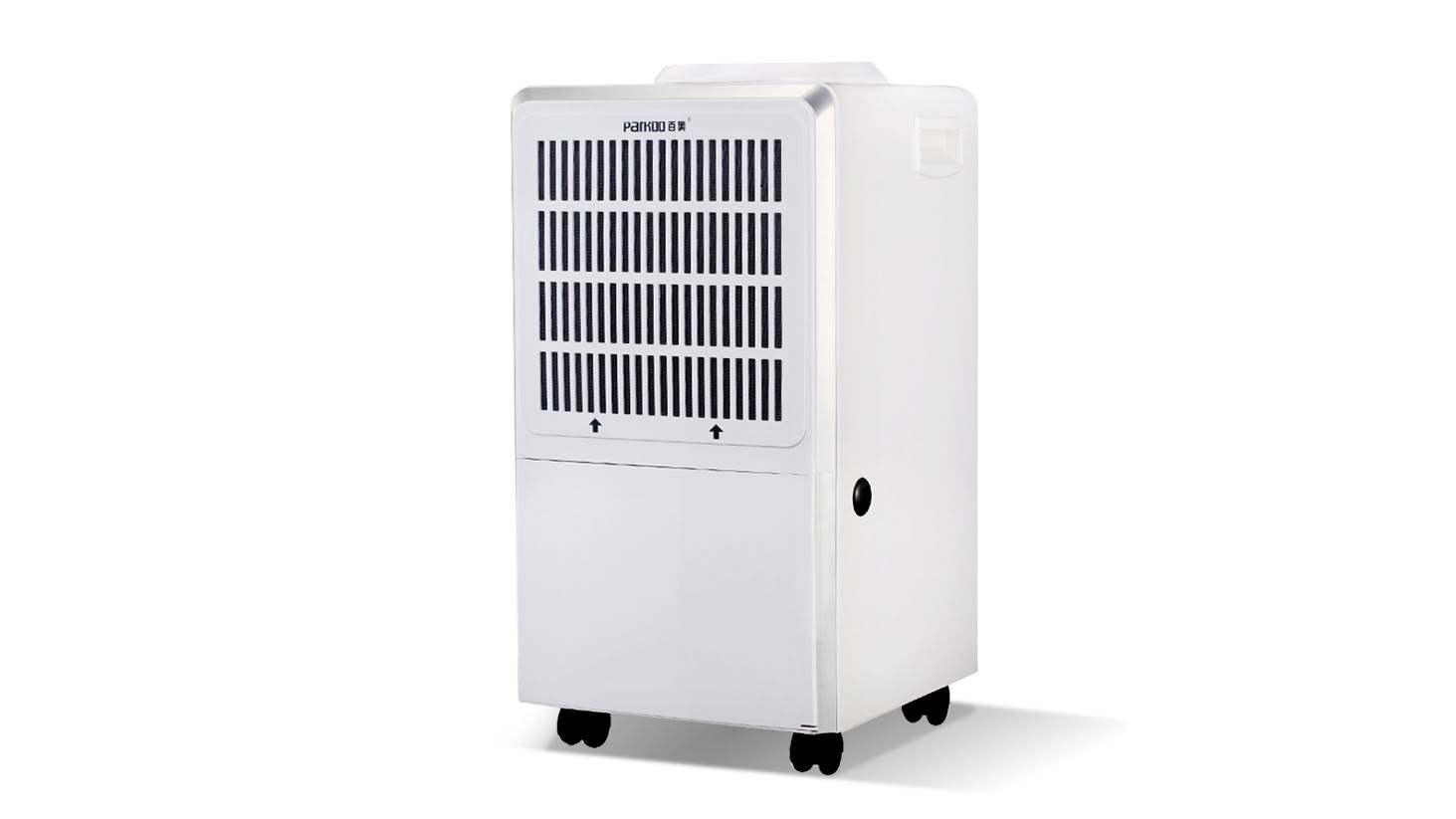people often say that the forget worry grass is actually Hemerocallis citrina. Hemerocallis citrina, also known as Hemerocallis fulva, is also known as Flammulina spicata, Lycorum elegans, Elymus manicum and Anshen herb. In ancient times, it was called Carefree Grass, a perennial perennial herb of Daylily in Liliaceae. its taste is fresh and tender, with rich nutrients, including pollen, sugar, protein, vitamin C, calcium, fat, carotenoids, amino acids and other essential nutrients for the human body. It has the Effects of hemostasis, anti-inflammatory, heat clearing, diuresis, digestion, eye clearing, calming and brain strengthening, and has therapeutic effects on hematemesis, bloody stools, obstructed urination, insomnia, and milk retention. It can be used as a tonic after illness or postpaRTum. However, Hemerocallis citrina should not be eaten fresh, and should be treated or dried. So how to avoid the dark color of dried golden Needle Vegetables during the drying process? How to set the temperature of the golden needle vegetable dryer
style="text id. It is known that the increase of cholesterol is one of the Important factors leading to the diseases of the Middle-aged and elderly and the decline of the body. There are not many Delicious and nutritious vegetables that can fight against aging, while Hemerocallis citrina has these characteristics on the contrary
Goldenrod grows and is distributed in northeastern, northern, and northwestern eastern provinces of China. It has strong adaptability to soil, grows vigorously in loose soil on plains, is not resistant to floods, and is also more suitable for Growth on slopes, grasslands, and forests
if picked too early, it is easy to turn black when dry. If picked too late and the flower buds have opened, the nutrition and Quality will decrease after drying. The picking time Usually starts before 10:00 am in the early morning. Pick the flower buds with flower stems, but do not use the buds with stems. Pick each plant from top to bottom and pay attention to picking gently
specialized machines can also be used for disinfection
sun drying of Hemerocallis citrina: a Small amount of Hemerocallis citrina can be dried by sun drying. The sTeamed Hemerocallis citrina can be evenly spread out. It should be thinned and dried as far as possible. In contrast to honeysuckle drying, Hemerocallis citrina needs to be frequently turned during the sun drying process to facilitate the uniform drying of flower buds. On a sunny day, stay in the sun for 3 days and pay attention to dust and fly pollution during this period
Hemerocallis citrina drying: mass production of Hemerocallis citrina or bad Weather, strict requirements on quality and hygiene or Environmental protection and energy Conservation are not allowed to use coal for drying. Instead, Hemerocallis citrina dryer is required to be used in one step. first, Keep the Steamed flower buds evenly in the middle temperature range, use the air energy heat Pump Hemerocallis citrina dryer, dry them to 50% dry at 65 ℃, then push them out for softening, and then dry them again until the Moisture content is about 14%. The drying curve of Hemerocallis citrina has the general characteristics of typical drying curve. The moisture content is directly related to drying time, drying temperature, and drying speed. As the drying temperature increases, the slope of the drying curve increases, the drying speed increases, and the drying time decreases. Each batch is dried for about 10 hours at most, with 4-5KG of fresh flowers drying to 1kg of dried flowers
When drying is compLeted and Hemerocallis citrina is tightly squeezed, if the water content is still too high after releasing the Hand, Hemerocallis citrina is prone to darken and mildew if the packaging at this time. When Hemerocallis citrina is tightly squeezed, it feels soft and hard, and soon loosens after releasing the hand, which means moderate drying and perfect completion of drying. The dried Hemerocallis citrina is graded by quality, packed in bags, and stored in a cool and ventilated place level 1: Dry and uniform, golden in color, sturdy and uniform, with a natural yellow flower aroma, free from insects, mold, and impurities, and less than 2% of green flowering vegetables
Level 2: Dry evenly, yellow in color, uniform in thickness, free from insect infestation, mold and rot, no peduncle or impurities, with less than 6% of green striped flowering vegetables.
Level 3: Dry evenly, yellow brown in color, uneven in thickness, no odor, no insect infestation, mold and rot, no peduncle or impurities, with less than 12% of green striped flowering vegetables.The Hot steaming process of Hemerocallis citrina:
The picked flowers should be processed in time. First, the enzymes were heated and denatured to inhibit their activity; If left for too long, the flower buds will gradually open under the action of enzymes and transform nutrients at Appropriate temperatures, which will affect the drying quality. Heat steaming is a key step in drying Hemerocallis citrina Before hot steaming, the raw materials should be selected to remove impurities and select the flowers that have already opened. Place the selected flowers on a cage drawer, boil the water over high heat first, then quickly put them into the cage. After the steam Comes out, switch to low heat and steam for about 10 minutes to release During hot steaming, the drawers should be kept at a certain distance from the water surface. If the distance is too close, the flower buds that come into contact with boiling water will crack and spread, thus losing their drying value The degree of hot steaming is generally contRolled at about five ripenings of the flower bud, which is "inside and outside". artificial drying can produce slightly more ripeness than natural drying. The flower buds required to be released from the cage are bright yellow, showing a light yellow color without turning green, and are covered with small water droplets. After being released from the cage, the stacking thickness is reduced by 1/3 Compared to when stacking fresh vegetables. When pinching, it is slightly soft and flexible. When using chopsticks to pick up the middle of the flower bud, the two ends are slightly bent downwards. After steaming, quickly pick out the slightly unripe yellow flowers and place them separately in a container for sealing, and use residual heat to make them meet the requirements; If it is still undercooked, you can pick it out and steam it again After steaming, it can be placed in a ventilated and shaded place for natural Cooling. If conditions permit, the off pot cage drawer can be cooled without turning yellow flowers upside down. The cooling and drying time is about 4 hours before turning to drying
Drying and dehydration process of Hemerocallis citrina exposed to sunlight. In order to achieve uniform color and accelerate dehydration and drying, empty curtains (mats, plates) can be flipped over, and as much as possible, There is no need to turn them over by hand to ensure the quality of the air dried Products. Attention should be paid to rain Prevention, as mold is prone to develop on cloudy days and should be collected at night. Hemerocallis citrina can be dried after 2-3 sunny days
Artificial dehydration and drying can be completed using a heat pump drying system. Put the baking pan (Hemerocallis citrina 5kg/m2) into the 80 ℃ drying room. BeCause Hemerocallis citrina absorbs a lot of heat, the temperature of the drying room will drop to 60~65 ℃. Keep this temperature for 10~12 hours, then naturally cool to 50 ℃ until drying. During drying, pay attention to moisture removal and Maintain a relative humidity below 65%. The dehydrated Hemerocallis citrina will not be crisp when held tightly, and will spread naturally when released, so it is better not to stick to each other. If the dried Hemerocallis citrina is slightly dried, the color can be Improved

